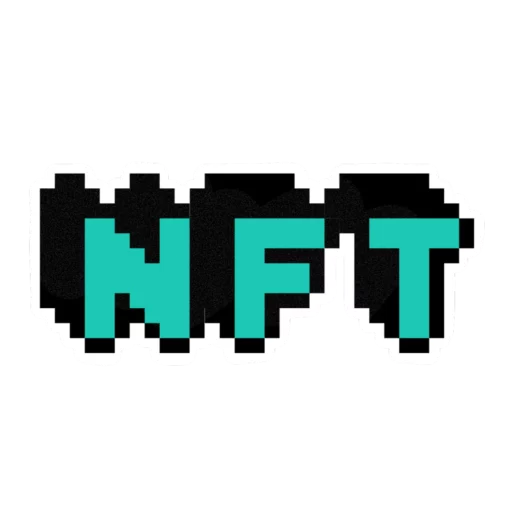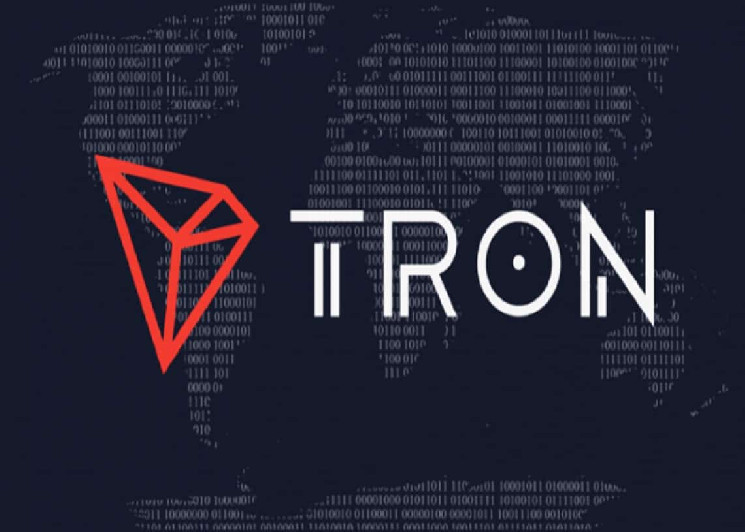The Flare Network, a layer-1 Ethereum Virtual Machine-compatible blockchain, has taken a significant step to reduce the circulating supply of its native $FLR tokens by burning 66 million FLR. This move aligns with the project’s “community-first commitment” to token burning, as well as burning fees and unclaimed FLR rewards. The total number of burned tokens now stands at nearly 400 million.
The recent token burn comes after Flare’s announcement of a new FlareDrop, which is part of the ongoing series of FLR token distributions, targeting users who have held Wrapped FLR (WFLR) for a minimum of 23 days. Flare’s strategic use of token burning reflects a broader trend in the blockchain industry, with projects aiming to deflate their circulating supply to potentially drive up token value if demand is sustained or increased.
Earlier, Flare had also disclosed its intention to burn 2.1 billion of its own FLR tokens to support the ecosystem’s health and development. This decision resulted from consultations with early backers, leading to the firm’s agreement to burn the allocated tokens instead. It’s worth noting that this approach is part of Flare’s commitment to the first Flare Improvement Proposal, FIP.01, and its impact on token distributions to equity shareholders.
The concept of token burning is gaining traction beyond Flare, with other projects like Shiba Inu and Ethereum also adopting this practice to reduce supply and potentially boost the token’s market value. This strategic move is designed to influence market dynamics and generate long-term value for token holders and the overall ecosystem.
It is evident that token burning continues to be a strategic tool for blockchain projects looking to manage their token supply and drive value for stakeholders. As the industry evolves, we can expect to see further innovations and advancements in the application of token economics to ensure sustainable growth and value creation within the crypto and NFT market.









